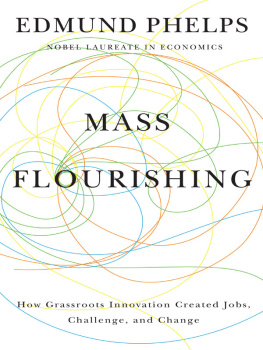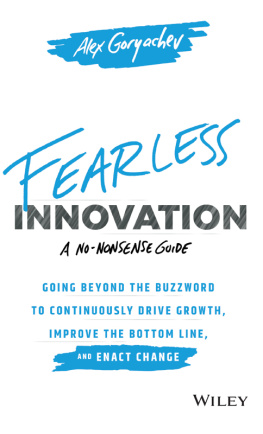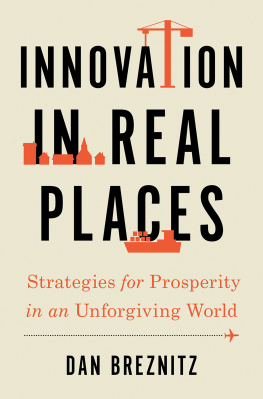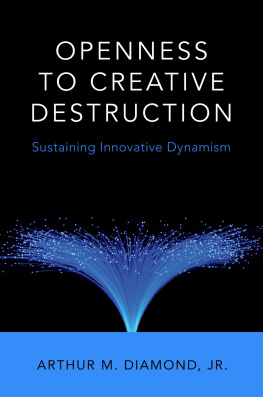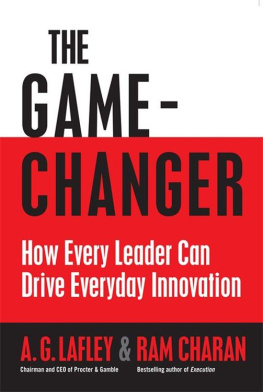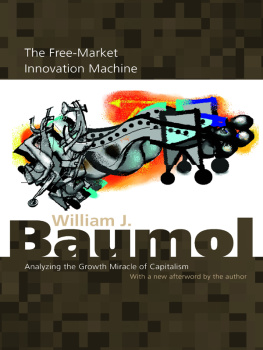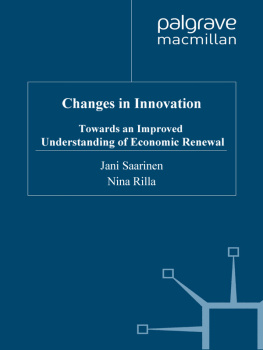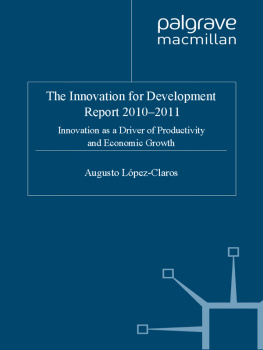Edmund S. Phelps - Dynamism: The Values That Drive Innovation, Job Satisfaction, and Economic Growth
Here you can read online Edmund S. Phelps - Dynamism: The Values That Drive Innovation, Job Satisfaction, and Economic Growth full text of the book (entire story) in english for free. Download pdf and epub, get meaning, cover and reviews about this ebook. year: 2020, publisher: Harvard University Press, genre: Politics. Description of the work, (preface) as well as reviews are available. Best literature library LitArk.com created for fans of good reading and offers a wide selection of genres:
Romance novel
Science fiction
Adventure
Detective
Science
History
Home and family
Prose
Art
Politics
Computer
Non-fiction
Religion
Business
Children
Humor
Choose a favorite category and find really read worthwhile books. Enjoy immersion in the world of imagination, feel the emotions of the characters or learn something new for yourself, make an fascinating discovery.

- Book:Dynamism: The Values That Drive Innovation, Job Satisfaction, and Economic Growth
- Author:
- Publisher:Harvard University Press
- Genre:
- Year:2020
- Rating:4 / 5
- Favourites:Add to favourites
- Your mark:
- 80
- 1
- 2
- 3
- 4
- 5
Dynamism: The Values That Drive Innovation, Job Satisfaction, and Economic Growth: summary, description and annotation
We offer to read an annotation, description, summary or preface (depends on what the author of the book "Dynamism: The Values That Drive Innovation, Job Satisfaction, and Economic Growth" wrote himself). If you haven't found the necessary information about the book — write in the comments, we will try to find it.
Edmund S. Phelps: author's other books
Who wrote Dynamism: The Values That Drive Innovation, Job Satisfaction, and Economic Growth? Find out the surname, the name of the author of the book and a list of all author's works by series.
Dynamism: The Values That Drive Innovation, Job Satisfaction, and Economic Growth — read online for free the complete book (whole text) full work
Below is the text of the book, divided by pages. System saving the place of the last page read, allows you to conveniently read the book "Dynamism: The Values That Drive Innovation, Job Satisfaction, and Economic Growth" online for free, without having to search again every time where you left off. Put a bookmark, and you can go to the page where you finished reading at any time.
Font size:
Interval:
Bookmark:
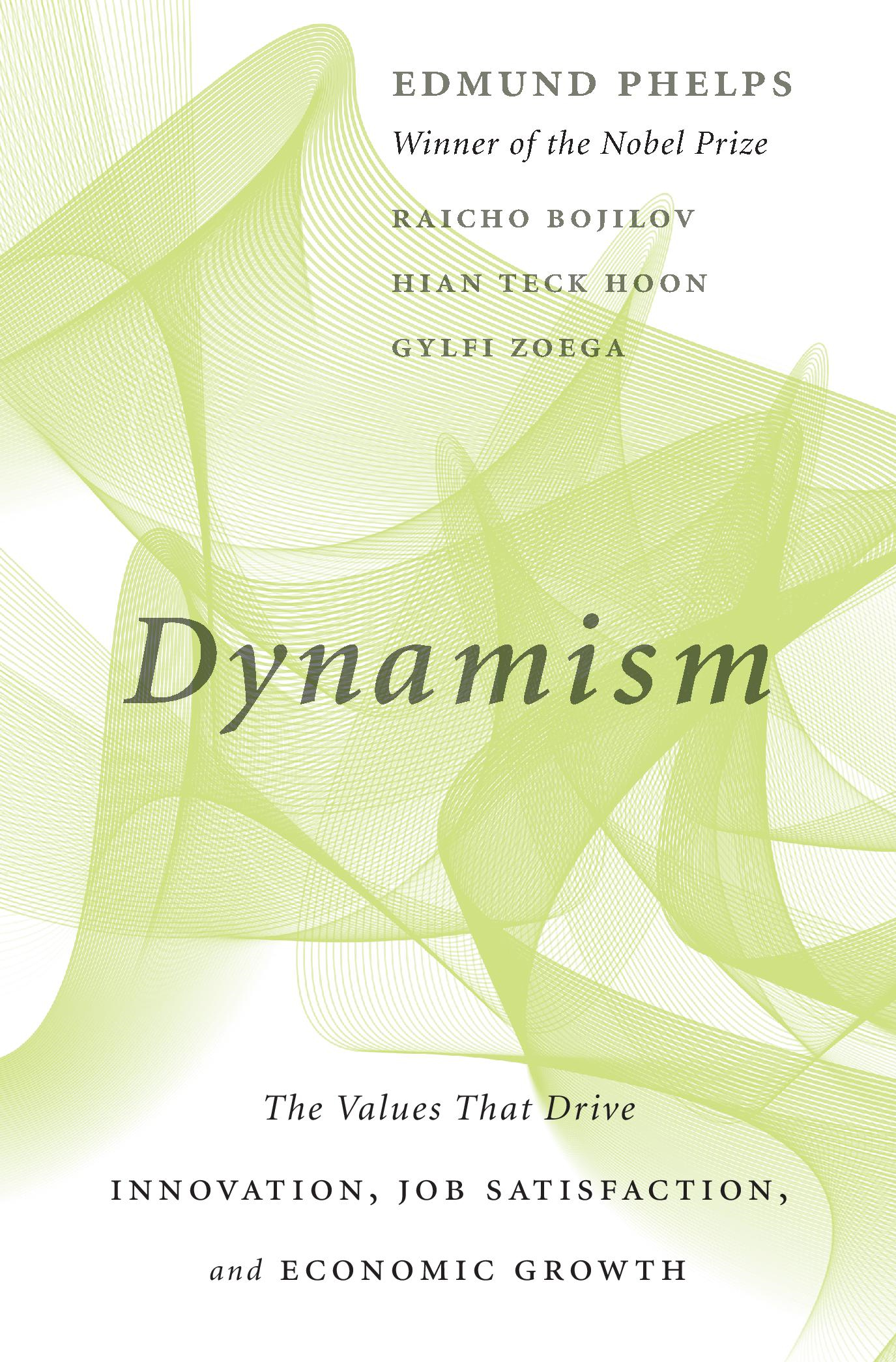
DYNAMISM
The Values That Drive Innovation, Job Satisfaction, and Economic Growth
EDMUND PHELPS
RAICHO BOJILOV
HIAN TECK HOON
GYLFI ZOEGA


Cambridge, Massachusetts
London, England
2020
Copyright 2020 by the President and Fellows of Harvard College
All rights reserved
Cover design: Graciela Galup
Cover art: Getty Images
978-0-674-24469-6 (cloth)
978-0-674-24666-9 (EPUB)
978-0-674-24667-6 (MOBI)
978-0-674-24668-3 (PDF)
The Library of Congress has cataloged the printed edition as follows:
Names: Phelps, Edmund S., author. | Bojilov, Raicho, 1982- author. | Hoon, Hian Teck, author. | Gylfi Zoega, author.
Title: Dynamism : the values that drive innovation, job satisfaction, and economic growth / Edmund S Phelps, Raicho Bojilov, Hian Teck Hoon, Gylfi Zoega.
Description: First. | Cambridge, Massachusetts : Harvard University Press, 2020. | Includes bibliographical references and index.
Identifiers: LCCN 2019054529
Subjects: LCSH: Technological innovations. | Entrepreneurship. | Job satisfaction. | Individualism. | Economic development.
Classification: LCC HC79.T4 P54 2020 | DDC 338 / .064dc23
LC record available at https://lccn.loc.gov/2019054529
Dedicated to the memory of the late Paul Samuelson, giant of economic theory
It is better to have a model with inexact foundations that gives you a good grip to handle reality than to wait for better foundations or to continue to use a model with good foundations that is not usefully relevant to explain the phenomena that we have to explain.
PAUL A. SAMUELSON
- EDMUND PHELPS
- RAICHO BOJILOV, GYLFI ZOEGA, AND HIAN TECK HOON
- RAICHO BOJILOV
- RAICHO BOJILOV
- RAICHO BOJILOV
- GYLFI ZOEGA
- GYLFI ZOEGA
- RAICHO BOJILOV
- GYLFI ZOEGA
- HIAN TECK HOON
- HIAN TECK HOON
- HIAN TECK HOON
- EDMUND PHELPS
The existing body of economic theory, largely formed over the 20th century, has come to be an impressive machine for analysis. Yet there is now a feeling among many people that it has not fully grasped the forces and channels behind some of the important developments in the modern world. There is also a feeling in the profession that corrections to some of its mistakes are needed if it is to help society understand this world.
Several economists and noneconomists have pointedsome of them long agoto human desires and satisfactions missing from or intentionally excluded from standard economic theory: Nietzsche on overcoming obstacles, Bergson on vitality and personal growth, Veblen on the instinct called workmanship, Sen on developing our capabilities, Frydman on forecasting consistent with Knightian uncertainty, Robb on action that is for itself, and my work on the joy of creating.
Yet the economic models used to address public issues or theoretical questions continue to overlook these desires and satisfactions right up to the present time. Two premises of the standard theory are striking in their disregard of those desires and satisfactions, and both premises have to do with what goes on in the workplace.
One of these premises is the supposition that the reward of work is solely pay. But there is an abundance of evidence against that. In America, it is very clear that work is central to a meaningful lifeas shown gloriously in the film Shane. The American Dream, held by many, is best interpreted as the hope of succeeding at something in that lifea hope realized in A Star Is Born and dashed in On the Waterfront.
In such an economy, conceiving a new thing or new method, imagining an unseen possibility, and exploring the unknown are apt to be the most deeply rewarding sort of work experience. When many of these experiences disappear from some jobs over much of the country, there is a sense of deprivation: some of the meaningfulness of work is lost.
The few attitudinal surveys stretching over a long span provide evidence of the meaningfulness that work has held for a great many people. Asked by Ipsos-Reid whether they enjoy their work so much they have a hard time putting it aside, 51 percent of interviewees said yes in its earliest survey, conducted in 1955. Asked by Roper whether work is the most important thing or is it leisure? 48 percent said work in its earliest year, 1975. Asked by Gallup whether they are satisfied or dissatisfied with their job or the work they do, 86 percent said satisfied in its earliest year, 1966. These data say something about who Americans were in those times and who they are today.
Lamentably, the subsequent surveys show a steep decline in job satisfaction starting in the 1970s and continuing to the last surveys around 2000. (The General Social Survey reports that life satisfaction has trended down since 1990this in spite of a rise in household income.) This must be explained. Conceivably that decline is explainedin part, at any rateby a substantial contraction of annual aggregate innovation. But what is the main force driving innovation? That brings us to the other problematic omission in the standard theory.
The other premise is the supposition that the source of innovation is solely scientists. In that view, economic advance is the insightful and fortunate commercial applications of scientific discoveriesapplications seen as chosen by knowledgeable entrepreneurs. This would mean that the phenomenon of sustained economic growth, which sprang up early in the 19th century and had spread through most of the West by the centurys end, and the subsequent slowdown of this economic growth, which started around 1970 and has since spread through the West, are simply a result of a rise and fall in the rate of scientific advance.
It is true that corporations in some industries of an economy may have R&D departments seeking to identify commercial applications that seem promising enough to be worth designing and marketingthus helping the firm decide new products and methods to launch on the market. But these departments are not the origin of sustained economic advance any more than capital investment is the origin of sustained growth.
It is also true that Silicon Valley has created high-flying start-ups that rely on technological advances in computing and telecommunications. But apart from a brief episode in the late 1990s, the contribution of these companies to the economy as a whole has been minor, their mighty propaganda machines notwithstanding.
With Mass Flourishing, which appeared around six years ago, a competing hypothesis on innovation has arisen. There are nations in which ordinary people from the grass roots on up, having backgrounds in various businesses and having acquired insights into the businesses where they work, come to possess the capability to use their acquired know-how to conceive better methods and new things. Further, if such a nation possesses the necessary modern values, these people will have the desire to develop those methods and thingsthus, market forces permitting, to generate indigenous innovation. That is dynamismthe desire and capacity to generate indigenous innovation. And being engaged in this innovative activity is at the core of modern life. High job satisfaction, the exhilaration of new possibilities, and consequently economic progress are the fruit.
Font size:
Interval:
Bookmark:
Similar books «Dynamism: The Values That Drive Innovation, Job Satisfaction, and Economic Growth»
Look at similar books to Dynamism: The Values That Drive Innovation, Job Satisfaction, and Economic Growth. We have selected literature similar in name and meaning in the hope of providing readers with more options to find new, interesting, not yet read works.
Discussion, reviews of the book Dynamism: The Values That Drive Innovation, Job Satisfaction, and Economic Growth and just readers' own opinions. Leave your comments, write what you think about the work, its meaning or the main characters. Specify what exactly you liked and what you didn't like, and why you think so.

